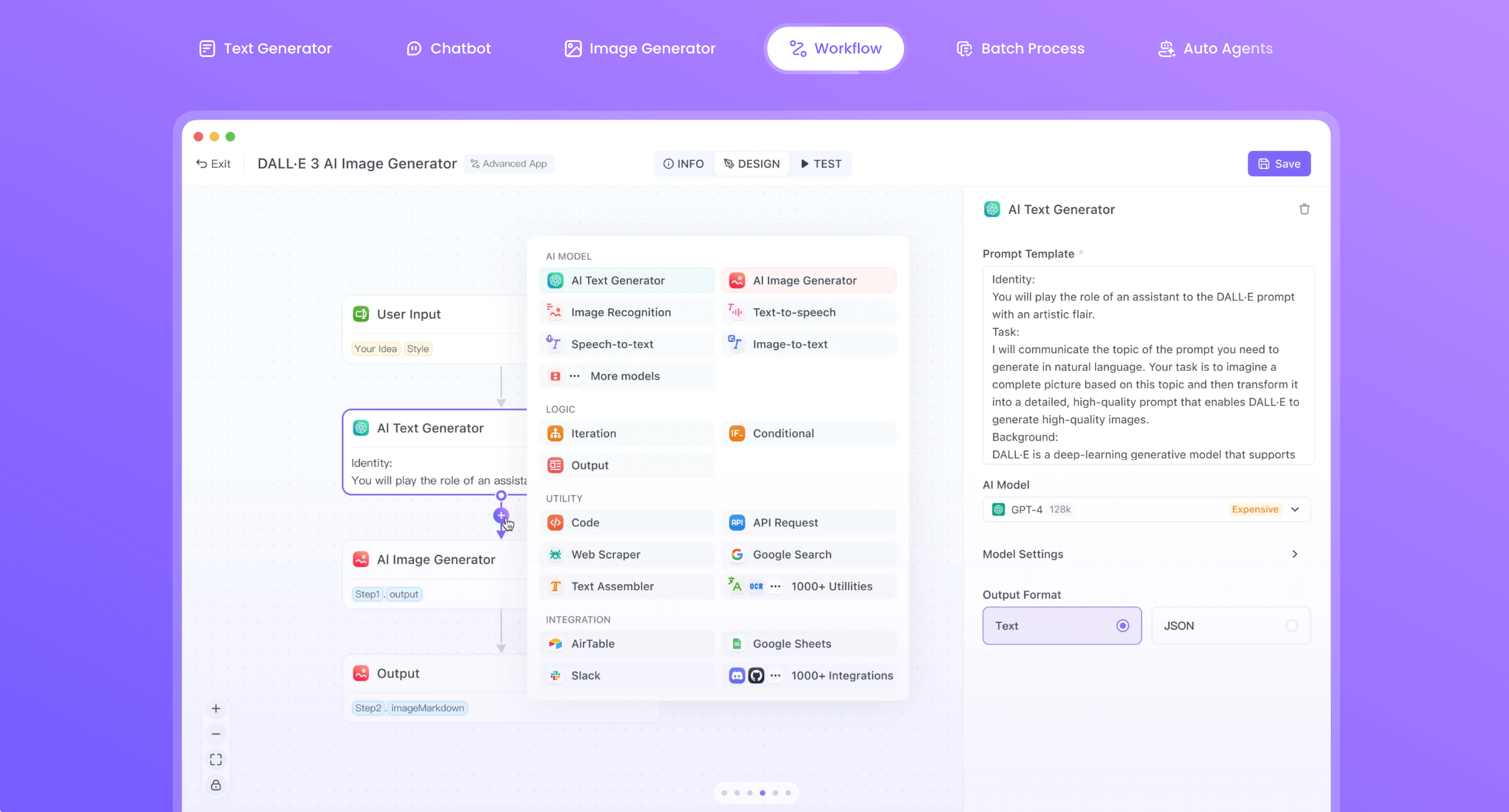
As the AI revolution continues to gather momentum, machine learning models such as ChatGPT have become powerful tools for various tasks. To enhance the utility of ChatGPT, OpenAI recently introduced web browsing capabilities, allowing users to seamlessly access information from the internet. However, while this feature opens up a world of possibilities, it also brings about certain challenges. In this essay, we will explore common issues related to ChatGPT web browsing and propose solutions to overcome them effectively.
Key Summary Points
- ChatGPT's new web browsing capability provides users with the ability to access real-time information from the internet.
- Despite the numerous benefits, users often encounter difficulties in using ChatGPT web browsing, which can hinder their experience.
- The main issues include chatbot web browsing not working, click failures, and limited access to certain websites.
- The browser plugin in ChatGPT is an essential tool for web browsing, but it requires careful handling to ensure smooth functionality.
- By following a few key strategies, such as framing questions appropriately and verifying information, users can make the most of the web browsing feature in ChatGPT.
- OpenAI is continuously working on improving the browsing capabilities of ChatGPT, and users can look forward to further enhancements in the future.
Having trouble with your ChatGPT in your Web Browser?
Try out Anakin AI to instantly create AI Apps with No waiting time!


How to Enable Web Browsing in ChatGPT
To begin using web browsing in ChatGPT, it is important to have access to the GPT-4 model with browsing enabled. OpenAI has made significant advancements in this area, and users can join the waitlist for early access to this feature. Once access is granted, users can leverage the full potential of ChatGPT's web browsing capabilities.
Common Issues Faced with ChatGPT Web Browsing
ChatGPT Web Browsing Not Working
One of the most common issues encountered by users is when web browsing in ChatGPT fails to work as expected. This can happen due to various reasons, such as technical glitches or limitations in the browsing plugin. In such cases, it is crucial to follow a systematic troubleshooting approach:
Check internet connectivity: Ensure that your device is connected to a stable internet connection. A weak or unstable connection can lead to browsing failures.
Refresh the page: If the chatbot web browsing feature is not functioning properly, try refreshing the page or reloading the model. This can help resolve temporary issues related to the web browsing plugin.
Clear cache and cookies: Clearing cache and cookies from your browser can often address issues related to web browsing. This can be done by accessing the settings of your browser and deleting browsing data.
If the problem persists, it is advisable to reach out to OpenAI's support team for further assistance.
Click Failures and Inaccurate Responses
Another challenge that users face with ChatGPT web browsing is click failures. While using the browsing mode, users can request the model to click on links or buttons, but sometimes the model fails to perform the desired action. This can result in frustration and hinder the overall browsing experience. To mitigate this issue, users can follow these strategies:
Be explicit with instructions: When requesting ChatGPT to click on a specific link or button, it is important to provide clear and explicit instructions. Instead of using vague statements, try to mention the exact location or text associated with the element to be clicked.
Verify responses: After receiving a response from ChatGPT, take a moment to review the answer before proceeding. If the response seems inaccurate or if the model did not interact with the requested element, consider rephrasing the query or providing additional context.
By adopting these strategies, users can increase the chances of successful click interactions and obtain more accurate responses.
Limited Website Access
Although ChatGPT's web browsing capability allows users to access a wide range of websites, there may be certain limitations. While OpenAI strives to provide access to most websites, some websites may be restricted due to technical or policy reasons. Additionally, websites that require user authentication or are behind paywalls may pose challenges for ChatGPT's browsing mode.
To navigate these limitations, users can follow these tips:
Prioritize reliable sources: Focus on accessing websites that are known for their reliability and credibility. This ensures that the information obtained from web browsing is accurate and trustworthy.
Use alternative sources: If a specific website is not accessible in the browsing mode, consider looking for alternative sources that provide similar information. Utilize search engines or reputable news outlets to gather data from multiple perspectives.
Remember, while browsing the internet can be a valuable tool, it is important to critically evaluate the information and verify it from multiple sources.
How to Use the Browser Plugin in ChatGPT
The browser plugin is a key component that enables web browsing in ChatGPT. Understanding its usage and functionality is essential to make the most of this feature. Here are some steps to effectively use the browser plugin:
Framing questions appropriately: While conversing with ChatGPT, it is important to frame questions in a way that facilitates web browsing. Be specific about the information you are seeking, and if applicable, mention the context or source you want the information from.
Utilizing snippet mode: The browser plugin supports a snippet mode that allows the model to display a shortened version of the content from a webpage. This can be useful for quickly obtaining relevant information without the need to click on external links.
Handling multiple search results: When ChatGPT provides multiple search results, users can specify the desired result number or ask the model to navigate to a particular page. For example, you can instruct the model to "click on the second link" or "go to page three of the search results."
By employing these strategies, users can enhance their interaction with ChatGPT's browsing mode and extract invaluable information from the web.
OpenAI's Efforts and Future Enhancements
OpenAI is committed to continuously improving the web browsing capabilities of ChatGPT. As the waitlist for the GPT-4 model with browsing gradually expands, more users will be able to experience the full potential of this feature. OpenAI actively seeks user feedback to identify and address any remaining issues or limitations.
In the future, users can look forward to advancements such as enhanced accuracy in click interactions, broader website accessibility, and improved handling of complex web interactions. OpenAI's ongoing efforts ensure that ChatGPT web browsing will become an even more valuable tool for users in their quest for knowledge and information.
Conclusion
In conclusion, ChatGPT's web browsing capability offers a novel and powerful way to access and interact with information on the internet. While there may be occasional challenges and limitations, following the strategies outlined in this essay can help users make the most of this feature. As OpenAI continues to refine and enhance the web browsing capabilities of ChatGPT, users can expect a seamless and enriching experience with this AI-powered tool. Through effective utilization, ChatGPT web browsing can truly become a game-changer in the way we harness the power of artificial intelligence.
Having trouble with your ChatGPT in your Web Browser?
Try out Anakin AI to instantly create AI Apps with No waiting time!

from Anakin Blog http://anakin.ai/blog/how-to-use-chatgpt-web-browsing/
via IFTTT

No comments:
Post a Comment